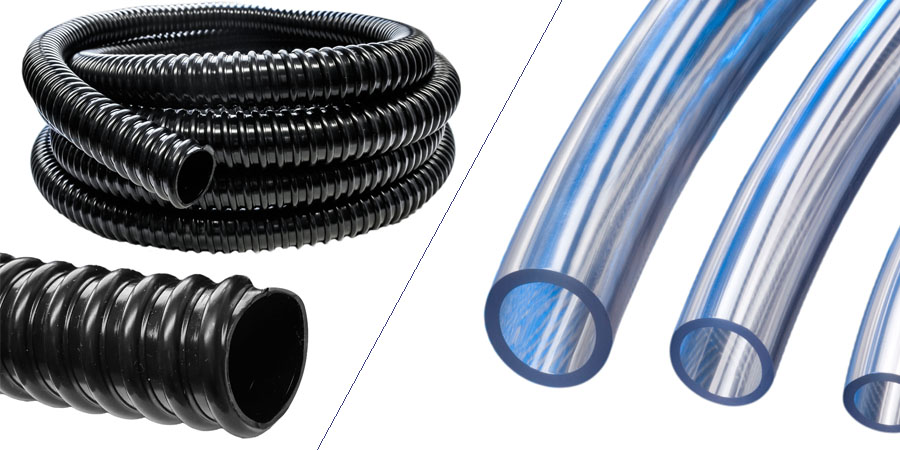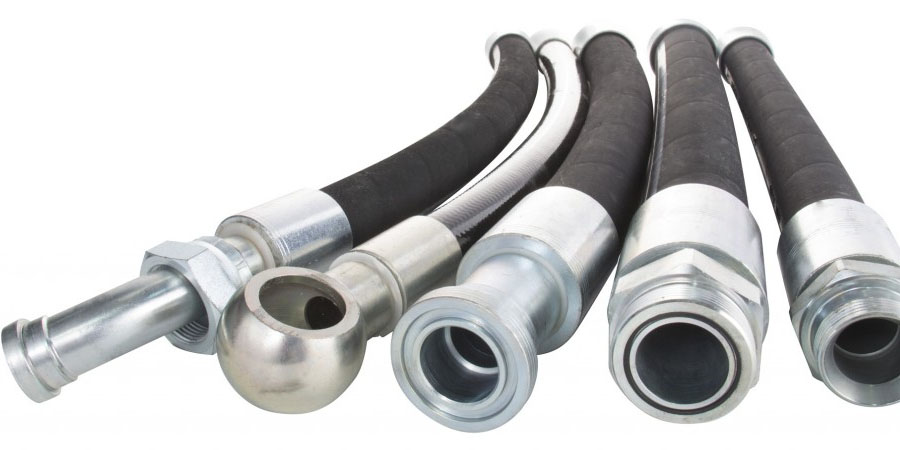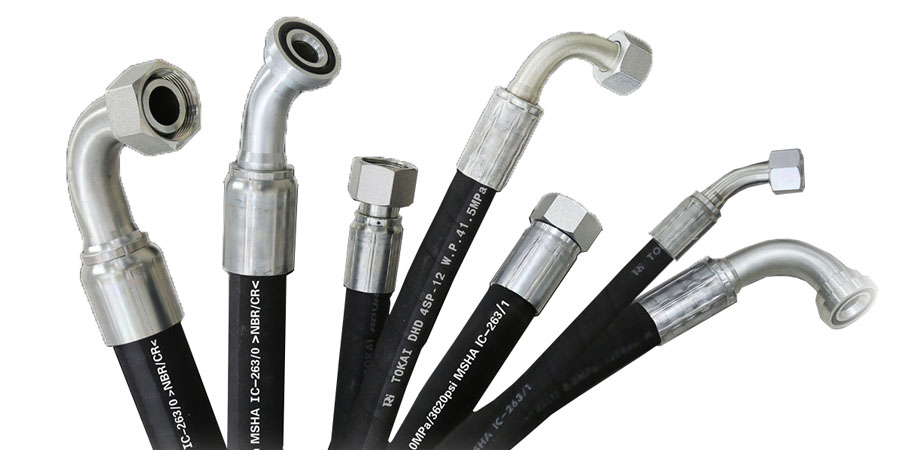When it comes to hydraulic systems, your concerns for safety compliance shouldn’t end with ensuring your hoses meet Australian safety standards. It is equally important that all your hydraulic fittings, couplings, washers, o-rings, and other accessories are also up to scratch.

Failure to ensure all of your hydraulic accessories are safety compliant can lead to financial loss, injury or death of workers – and even criminal convictions and hefty fines.
Why Hydraulic Accessories Are Important
The same factors in hydraulic systems that give them their immense power and utility also make them potentially dangerous. Hydraulic fluid, often at very high temperatures, being pumped under incredibly high pressure – high enough to power heavy machinery – it’s an inherently volatile situation that must be tamed to be safe.
Think of hydraulic power as a lion. The hose is its cage, and you naturally want this to be up to standard, reliable, regularly inspected, and so on. But hydraulic accessories are the bolts, pins, locks, and other essential parts of the cage that held it together. If either the cage itself or the components holding it together and securing it are faulty, you might end up as dinner.
The Risks of Sub-Par Accessories
The problems associated with industrial hose fittings and other hydraulic accessories that don’t meet Australian safety standards range from life-threatening to profit-destroying, or even both. If the fittings or couplings holding an operational hydraulic hose in place come loose, your operation will lose huge amounts of costly hydraulic oil as the pressurized fluid sprays out of the machine.
Any workers nearby will be in grave danger of both striking injuries from the flailing hose and serious burns from the heated hydraulic fluid. Less dramatically, faulty washers or corroded hydraulic fittings can lead to wasteful leaks that will drip profits away over the long term.
Legal Risks
Aside from the tragedy of an injured or killed worker, your company could also face legal ramifications. If an incident is found to be the result of industrial hoses or fittings that failed to meet safety standards – either in design, manufacture, installation, or maintenance – you could face hefty fines and possibly criminal convictions.
How to Ensure Your Hydraulic Accessories Comply
The first and most important way to ensure compliance is to get the right accessories in the first place. No amount of maintenance is going to help if the parts are sub-standard in the first place. The hydraulic accessories you choose must be manufactured to meet relevant Australian safety standards. You also need to check that they are rated to withstand the pressure you’ll be putting them under and to deal with surges.
At Hose Right, our wide range of hydraulic accessories, stainless steel fittings, pneumatic couplings, and other components are all manufactured to meet the highest Australian safety standards. Our expert team will also discuss your specific hydraulic system and help you ensure you choose the right products to suit its needs.
Compliant Installation and Maintenance
The installation also needs to be carried out strictly according to the manufacturer’s guidelines and avoiding common causes of hose or fitting failure.
Just as important as having the right product installed correctly is regular maintenance to keep it functioning well. Check your user manual to establish the best timeframe for scheduled maintenance and ensure it is carried out safely and thoroughly




